How to protect your chickens from a salmonella outbreak
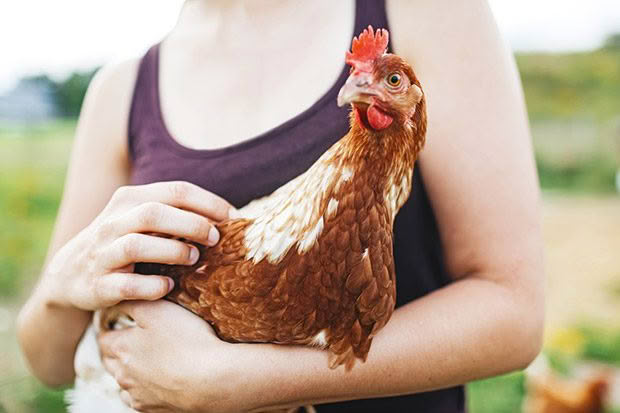
They’re delightful little creatures, but you need to be careful about how you share the love.
Words: Nadene Hall
When Covid-19 closed down much of the world, a lot of people turned to chickens. The number of new owners in the US skyrocketed, and so did the number of people who contracted salmonella infections (salmonellosis). By December, more than 1700 people in the US had been infected, a quarter of them children aged under five. Over a third were hospitalised, and one person died.
Researchers spoke to about half the infected people and found two-thirds of them reported close contact with chicks or ducklings. Even healthy, clean chickens, ducks, geese, turkey, and other birds shed salmonella bacteria in their droppings and carry it on their feathers, feet, and beaks.
It can survive on coops, cages, hay, soil, and feed and water dishes, so you can contract it even if you never touch your birds.
Why did the US have an outbreak?
Sherrill Davison is an associate professor of avian medicine and pathology at the University of Pennsylvania’s School of Veterinary Medicine and its leading avian flock health expert. She works to manage emerging health and biosecurity issues in flocks – large and small – across the US and says salmonella outbreaks are a serious, recurring problem. Based on the most recent data, 74% of people who got sick from salmonella in the US in 2020 reported contact with live poultry. All it takes to keep safe are simple biosecurity measures.
Be diligent with your hand washing
Everyone, but especially children need to keep things clean.
“Wash your hands with soap and water right after touching backyard poultry, their eggs, or anything in the area where they live and roam,” Davison says. “Use hand sanitiser if soap and water aren’t readily available.”
She also recommends supervising young children while they wash to ensure they’re doing a thorough job.
Don’t show as much love
Don’t kiss poultry or cuddle them close to your face.
Consider an age limit
Children aged under five are much more susceptible to salmonella infections.
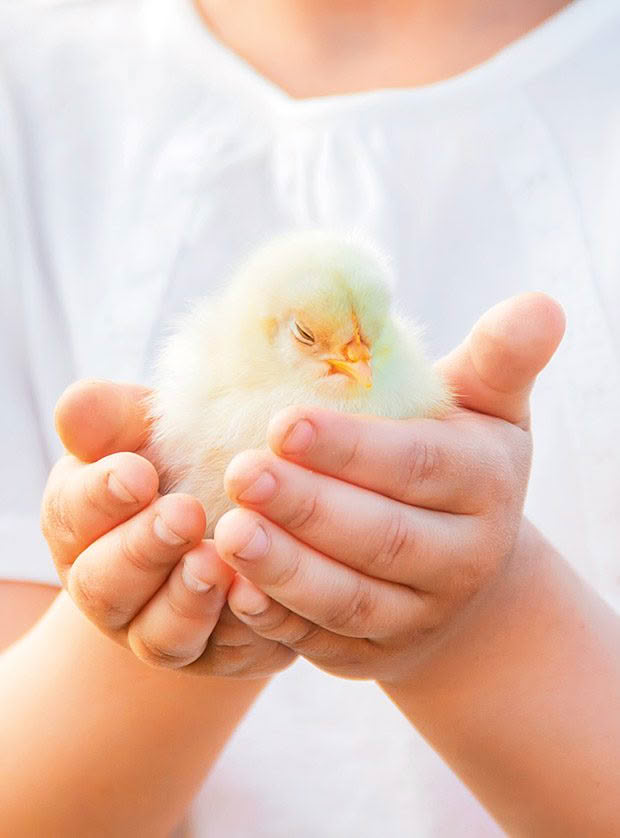
Don’t let them in the house
Keep poultry away from the house and entertaining areas where food is prepared or served. Don’t let them roam in the house.
“Keep in mind that birds carrying the bacteria can appear healthy and clean,” Davison says. “Always err on the side of caution.”
Have coop shoes (or boots)
Ideally, have a special pair of shoes to wear while taking care of poultry. Don’t bring them inside the house.
Keep bad eggs at bay
Eggs also need special care and attention. Ideally, always have clean nesting material, so eggs can’t get mucky, and plenty of nests to avoid accidental damage.
“Collect eggs often,” says Davison. “Eggs that sit in the nest for too long become dirty or break, increasing the risk of infection. If you do find cracked eggs, throw them away immediately. Germs can more easily enter an egg through a cracked shell, putting you at risk.” Ideally, you want clean nest boxes so eggs never get dirty. But if they do, don’t wash them just after they’re laid.
“Don’t wash warm, fresh eggs because colder water can pull germs into the egg,” Davison says.
She recommends storing eggs in the fridge to prolong freshness and slow the growth of pathogens such as salmonella.
8 THINGS TO KNOW ABOUT SALMONELLA IN YOUR COOP
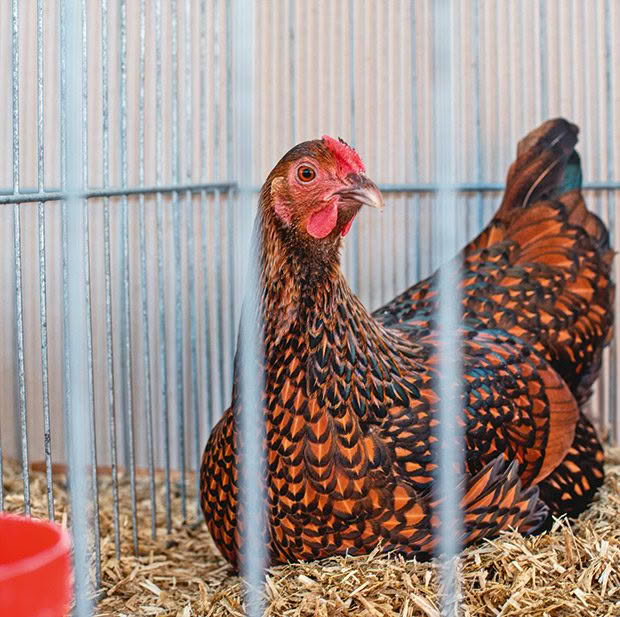
Salmonella is common in wild duck and bird populations, so you’re never going to be able to completely protect a free-range flock from catching or carrying it. An infection can quickly overwhelm a bird. Various types of salmonella can cause sudden death, but you’d need to confirm it with a faecal swab. If you have a few birds die suddenly, it’s worth testing for salmonella bacteria, which last in the environment for a long time, including in cracks in concrete floors.
Several strains of salmonella can affect poultry. Some are poultry-specific, such as Salmonella gallinarum, which causes fowl typhoid in birds aged 12+ weeks. Other species affect poultry, humans, pets, and livestock.
Symptoms in birds:
sleepiness, dehydration, birds huddled together, poor growth, white, chalky diarrhoea and pasty vent, sudden death, especially in young chicks, or you may find layer hens dead on the nest.
Treatment:
Your vet will need to test to confirm it and prescribe antibiotics. Supportive care will help:
• put the bird or birds in a separate coop, chicken ark, or even a large dog crate – crates are ideal as they’re light, easy to carry, easy to disinfect, and store;
• place it in a warm, dry, well-ventilated area, such as a garage or barn – have a heat lamp in case birds need warming;
• have a thick layer of litter on the bottom (preferably wood chips), water containing a bird electrolyte, and mash/pellets;
• try feeding little morsels of highly appetising cat jellymeat or dog roll – sick birds often lose their appetite and become dehydrated but can be tempted by their high protein, fat, and moisture content.
Preventive steps:
if possible, keep your coop/run, feeders, and waterers protected from rodents and wild birds (both carriers), control flies (also carriers), and quarantine new birds. Regularly clean equipment.
ARE YOU FINDING DEAD WILD BIRDS?
If you find dead wild birds around your coop, especially sparrows and blackbirds, it’s an important clue that there’s a possible outbreak of Salmonella typhimurium (which can also affect humans, livestock, and pets).
You may also have poultry that die suddenly. A laboratory would need to diagnose it from swabs to confirm it.
If you find a dead wild bird, always wear disposable gloves or other protection when disposing of them – put their body in the rubbish or somewhere inaccessible to cats, dogs, and stock. Always wash your hands after handling wild birds (dead or alive).
WHY YOUR DOG OR CAT MAY BE OUT TO GET YOU
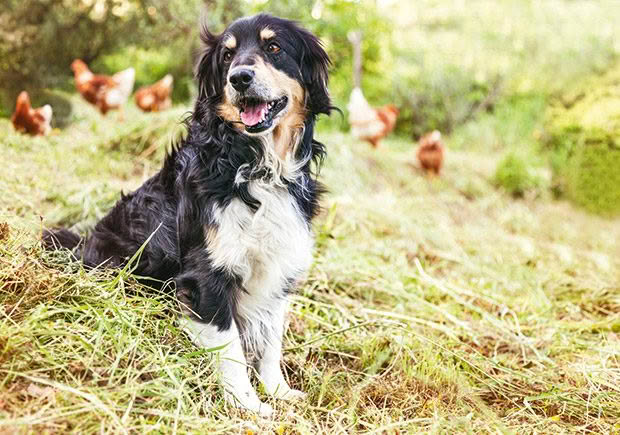
Research has found while salmonella infections are uncommon in dogs and cats, if they’re walking around the same area as your poultry, they’re going to track it into your home during an outbreak or shed it after eating or licking faecal matter. While adult pets are unlikely to get sick and are often asymptomatic when they have it, dogs and cats can easily pass it on to people.
Puppies and kittens are more likely to show signs of disease. When it’s seen in an adult dog or cat, the animal typically has another infection or health problem at the same time.
Symptoms of salmonellosis in dogs and cats include:
• diarrhoea (the most common sign, which may be bloody);
• vomiting;
• fever;
• loss of appetite;
• decreased activity level.
Sources: US Food & Drug Administration, Animal Health Literacy (www.fda.gov), MSD Veterinary Manual (www.msdvetmanual.com)
5 EASY WAYS TO PREVENT A SALMONELLA OUTBREAK
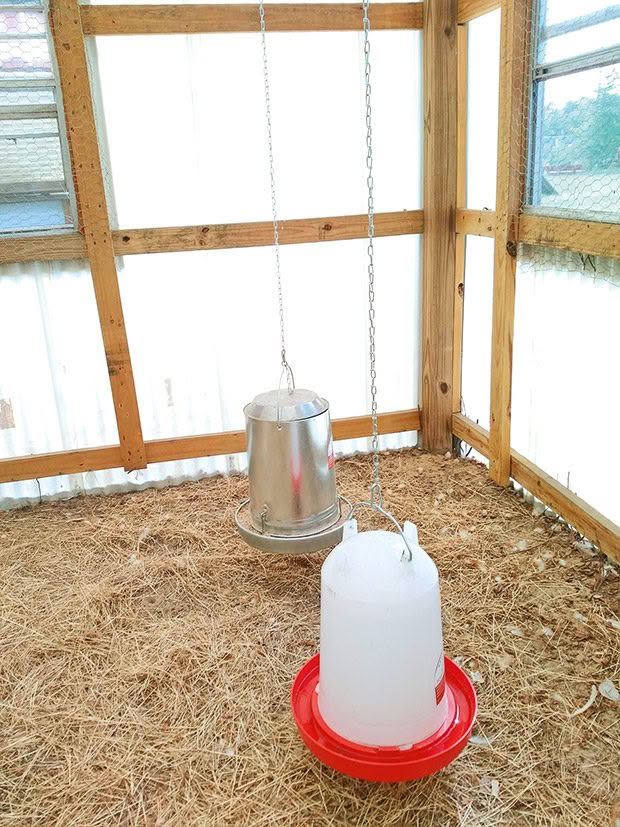
Keep equipment clean, and if possible, inaccessible to wild birds.
The most common way for birds, animals, and humans to become infected is by accidental ingestion of faecal matter. If possible, prevent wild birds from accessing the area around feeders and waterers.
Other practical steps to help prevent an outbreak include:
• regularly clean, disinfect, and dry feeders and waterers;
• regularly move feeders and waterers to avoid a build-up of faeces in one spot (and birds having to walk through it), or regularly replace litter;
• always carefully wash and dry your hands after contact with live or dead birds of any kind, feeders and waterers, and pets (and their feed/water bowls);
• don’t allow pets or livestock into the coop or run;
• filter water if you catch it from your roof for drinking.
Love this story? Subscribe now!
 This article first appeared in NZ Lifestyle Block Magazine.
This article first appeared in NZ Lifestyle Block Magazine.
